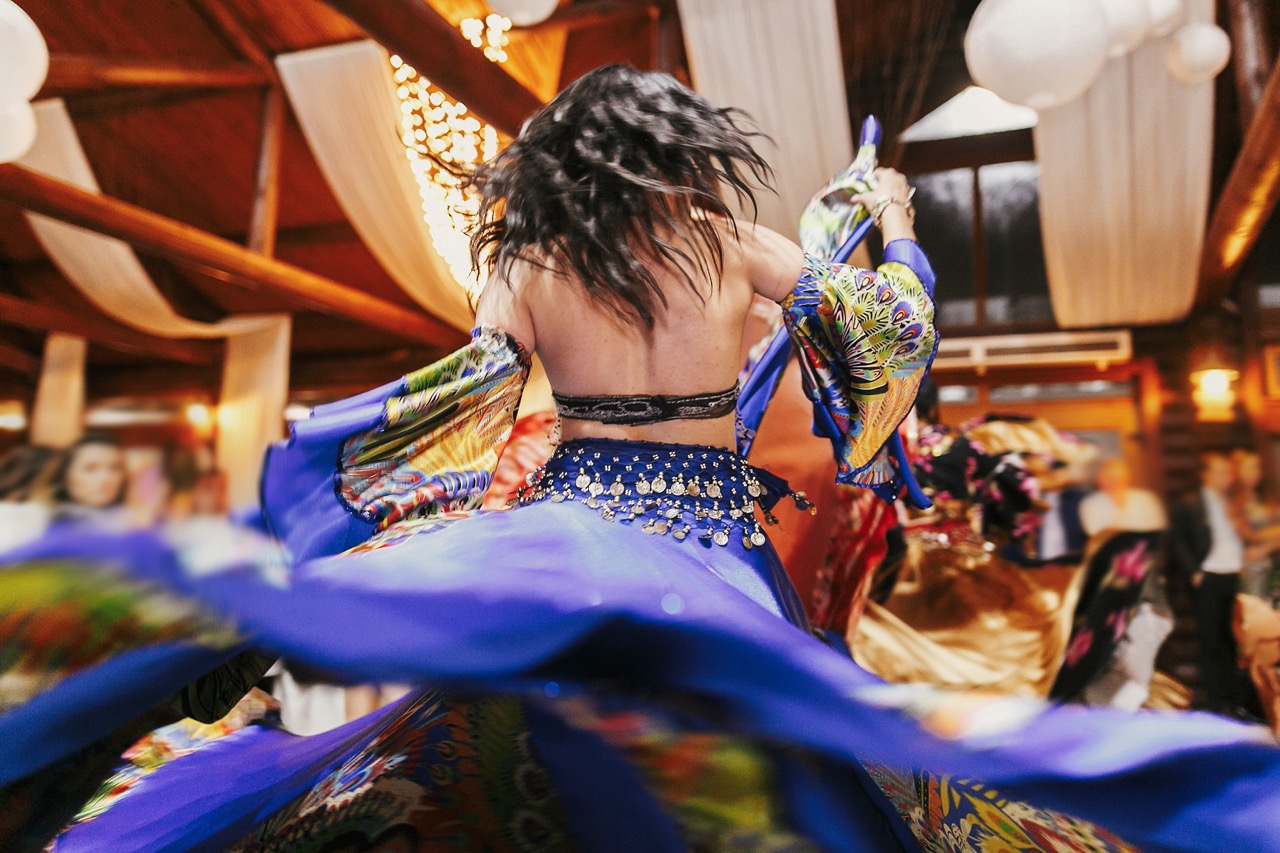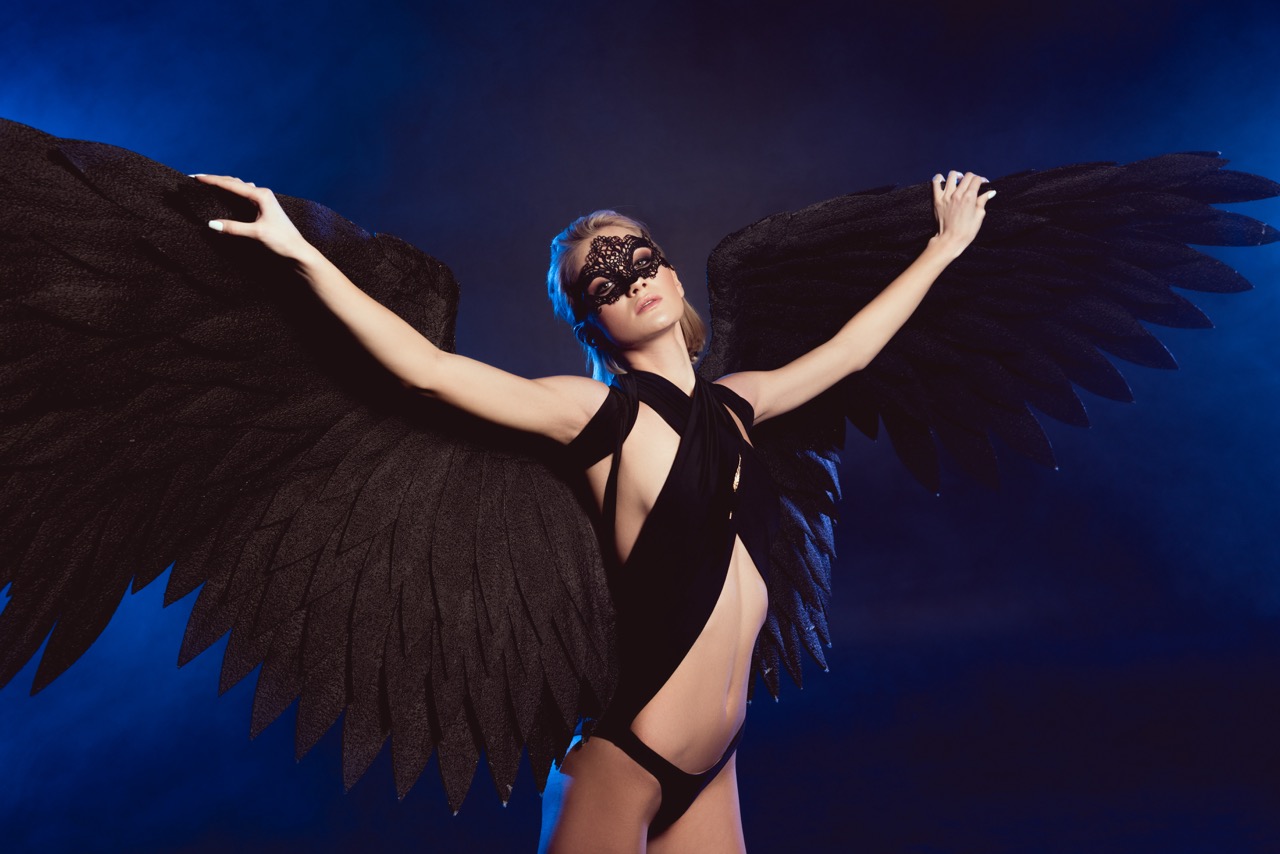The Internet of Things (IoT) has permeated numerous industries, transforming traditional practices into more efficient, interactive experiences. One of the most fascinating areas where IoT is creating a significant impact is in the realm of dance technology, particularly in the development of wing tech. Combining artistry with technological innovation, IoT is revolutionizing how dancers express themselves and connect with audiences. This article explores the various ways IoT is changing dance wing technology, enhancing performances, and reshaping choreography.
Revolutionizing Dance: The Role of IoT in Wing Tech
Dance has always been a form of expression, but with the integration of IoT, it is evolving into an immersive experience both for performers and their audiences. The advent of smart wings, embedded with sensors and responsive technologies, has provided dancers with unprecedented creative freedom. These wings can be programmed to react to a dancer’s movements, creating dynamic visual displays that enhance the storytelling aspect of a performance. The fusion of art and technology encourages a new kind of creativity, allowing choreographers to explore concepts that were once considered impossible.
Moreover, the IoT-enabled wings can communicate with other devices, such as lighting systems and sound equipment, to synchronize multimedia effects seamlessly. This connectivity allows for real-time adjustments during performances, where the wings can change colors or patterns in response to the dancer’s movements or the music’s tempo. The result is a breathtaking spectacle that captivates the audience, showcasing the synergy between human artistry and technological innovation.
As a consequence of these advancements, dance companies and independent artists alike are beginning to invest in IoT technologies that elevate their performances. The ability to create unique, visually stunning experiences has opened up new avenues for storytelling and artistic expression. This new era of dance is not just about showcasing physical prowess; it is about harnessing the power of technology to convey deeper narratives and emotions.
Creating Harmony: How IoT Enhances Dance Performance
The integration of IoT in dance performance extends beyond visual effects. One of the most significant benefits of IoT technology is its ability to monitor and improve a dancer’s physical performance. With wearable sensors embedded in costumes or wings, dancers can track their movements, posture, and even biometric data seamlessly. This data can then be analyzed in real-time, providing immediate feedback that can be utilized for improving technique and preventing injuries.
Furthermore, IoT devices can gather analytics over time, enabling dancers and choreographers to identify patterns and areas for improvement. This data-driven approach allows performers to refine their skills based on objective metrics rather than solely on subjective feedback. As dancers gain insights into their performances, they can work more efficiently, focusing on specific strengths and weaknesses to elevate their artistry. Enhanced performance isn’t just about physical capability; it also translates into emotional expression, as dancers can dedicate more time to interpreting their roles and connecting with their audience.
The fusion of IoT with traditional dance practices fosters a collaborative environment where technology and human creativity coexist. Dance studios equipped with IoT technology can enhance the rehearsal process, allowing dancers to experiment with innovative choreography while receiving instant feedback. As a result, the synergy between dancers and technology creates a harmonious relationship that enriches the art form, encouraging a more profound exploration of movement and expression.
Synchronizing Movement: IoT’s Impact on Choreography Tech
The choreography process itself is undergoing a transformative shift thanks to IoT technologies. With the ability to visualize and analyze movement data, choreographers now have access to tools that help them create more intricate and engaging performances. Wearable technology allows choreographers to examine how dancers interact with each other and their environment, facilitating a deeper understanding of movement dynamics.
Additionally, choreographers can leverage IoT to design unique choreographic sequences that respond to real-time data inputs. For instance, dancers can be equipped with devices that trigger specific cues or adjustments based on their movements. This adaptive choreography provides a more fluid performance, where the dance evolves continuously based on the dancers’ interactions. This innovative approach encourages spontaneity and creativity, resulting in performances that feel dynamic and alive.
Collaboration between choreographers and IoT developers is fostering new tools and applications tailored specifically for dance. From sophisticated modeling software that predicts movement patterns to apps that help choreographers visualize stage layouts in real-time, IoT is paving the way for a more integrated approach to choreography. These technological advancements not only streamline the creative process but also inspire choreographers to push boundaries and explore new horizons in dance.
The Future of Dance: Smart Wings and IoT Innovations
Looking ahead, the future of dance and IoT technology is full of promise. The development of smart wings is set to progress further, with innovations that could incorporate advanced AI algorithms capable of learning from a dancer’s movements. This level of sophistication would allow wings to evolve, adapting their responses to create unique visual effects for each performance, giving rise to unprecedented artistic possibilities.
Moreover, the potential for augmented reality (AR) and virtual reality (VR) experiences in dance is becoming increasingly feasible. IoT can bridge the gap between physical and digital worlds, allowing audiences to engage with performances in entirely new ways. Imagine a scenario where viewers can experience a dance performance from different perspectives by simply adjusting their device’s viewpoint or interacting with holographic elements on stage. Such advancements could redefine the relationship between dancer and audience, creating a more immersive and participatory experience.
As the dance community embraces these technological innovations, the boundaries between art and technology will continue to blur. With ongoing advancements in IoT, smart wings will not only enhance performances but also inspire a new generation of artists to explore the possibilities of interconnected creativity. The future of dance is bright, and IoT is paving the way for a transformative journey that will redefine how we experience and appreciate this beautiful art form.
The Internet of Things is undoubtedly reshaping dance wing technology, bringing a wave of innovation that enhances performance, choreography, and audience engagement. As smart wings become more sophisticated and interconnected, they will continue to redefine the way we perceive and interact with dance. The combination of artistry and technology not only enhances the creative process but also opens doors to new forms of expression, ensuring that dance remains a vibrant and evolving art form. As we look to the future, the possibilities are limitless, and the dance world is poised to embrace this technological revolution.










